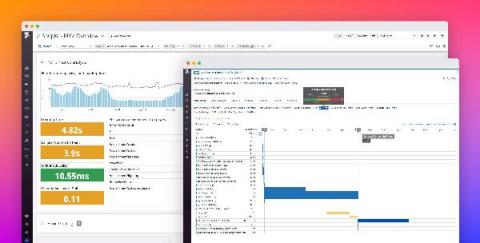Monitor Juniper network devices with Datadog
Juniper Networks provides a range of IT network and security devices, including routers, switches, access points, and firewalls. As you scale your on-prem infrastructure with potentially thousands of devices distributed across multiple locations, getting visibility into your entire network can easily become a pain point.











